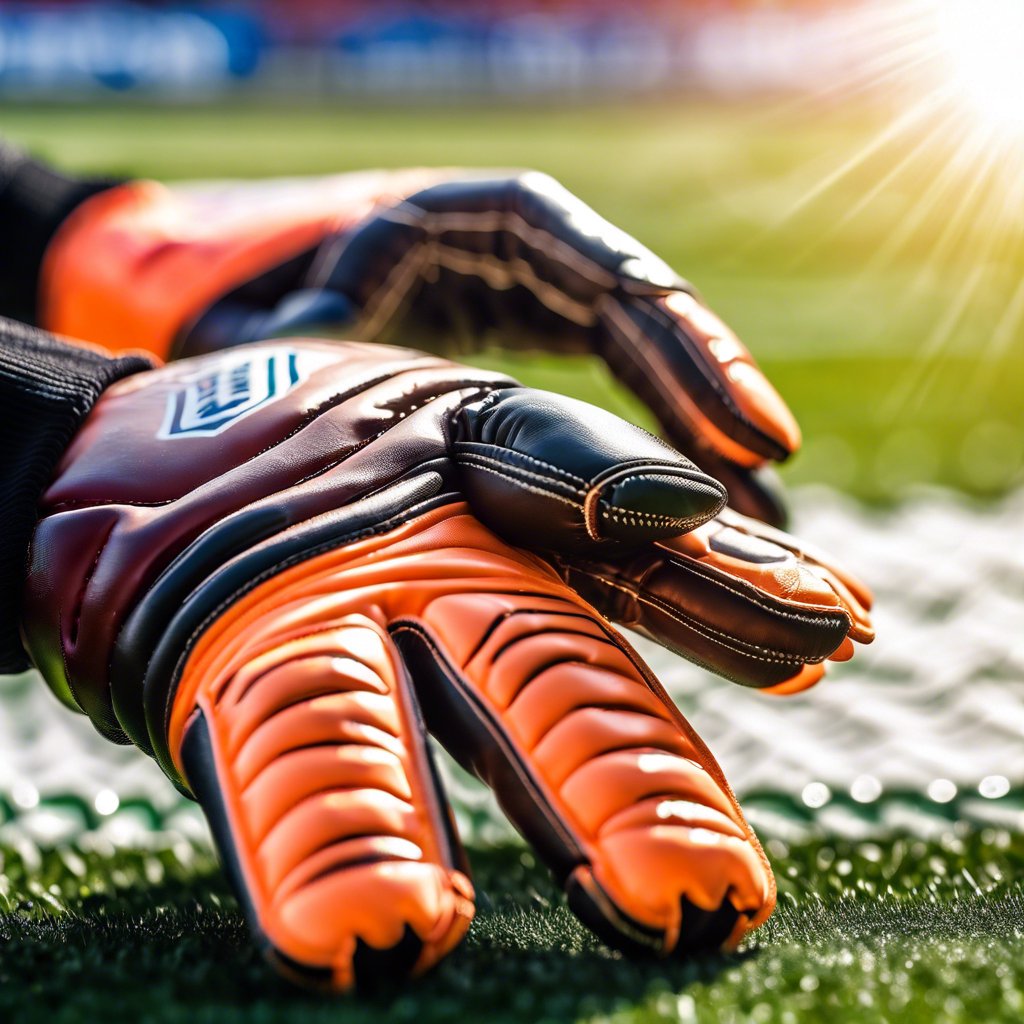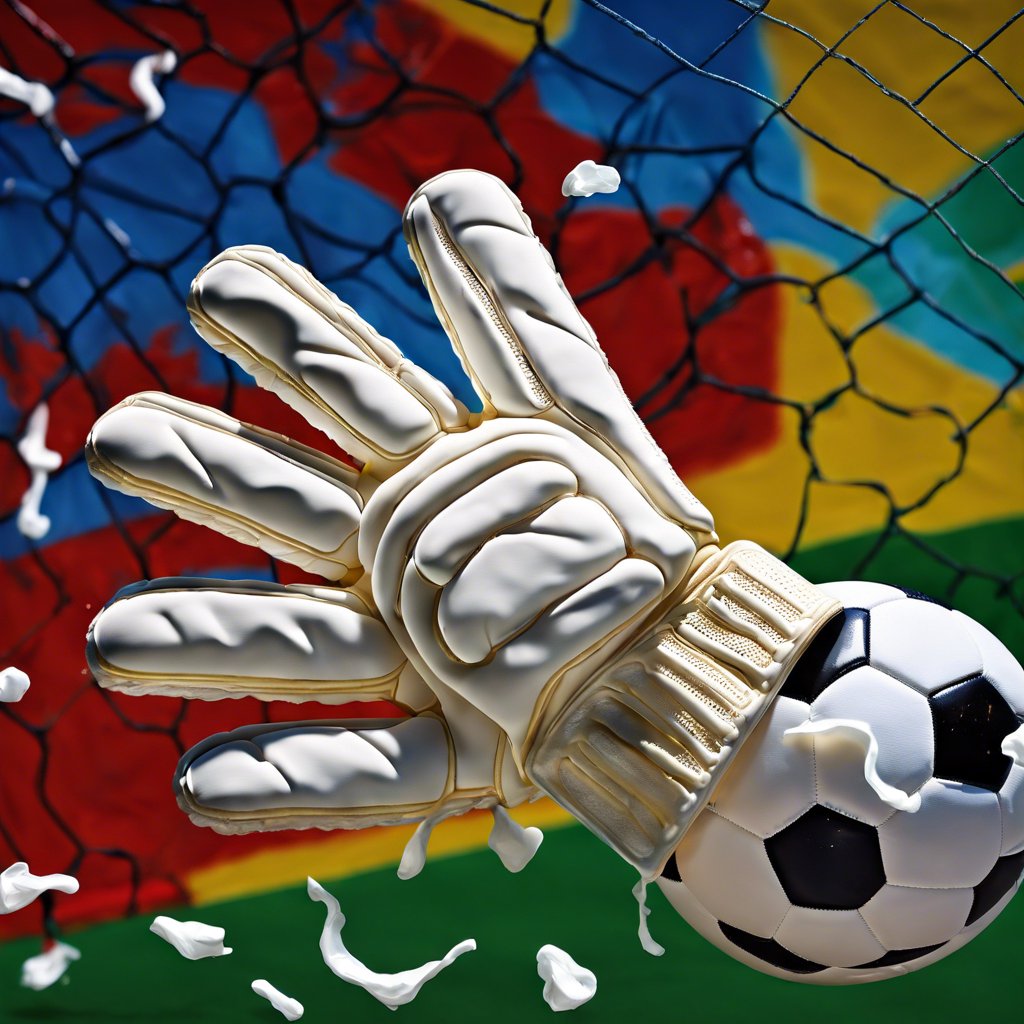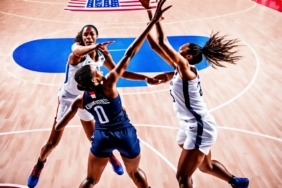Andre Onana’s Return to Competitive Football
Andre Onana made his competitive debut this weekend in the Community Shield against Manchester City, with his team falling short in a penalty shootout at Wembley. Last season, it came to light that the Manchester United goalkeeper employs Vaseline on his gloves, which prompted me to ponder a few questions. What other substances do goalkeepers use on their gloves to gain an advantage? Are there any materials that violate the laws of the game?
To gain clarity, I sought the expertise of someone well-versed in the rules. Fortunately, over my playing career, I established good rapport with several professional referees. One of them, Fredrik Klitte, has officiated for nearly 25 years in Sweden, including the last decade at the top level.
“From a referee’s perspective, it’s legal for a goalkeeper to use Vaseline, as the rule book does not prohibit it, which is the current situation,” Klitte explained. When I inquired if he had ever caught a goalkeeper using any substances on their gloves, he firmly replied, “No.” However, he did acknowledge that it might have occurred without his knowledge, stating, “Referees don’t typically check a goalkeeper’s gloves in the same manner as they do a player’s studs or shin guards before a match, so it’s possible.”
Klitte further elaborated on a specific rule that grants referees the discretion to issue a yellow card for unsportsmanlike behavior if they discover a goalkeeper using materials like handball players’ resin, which can enhance grip. However, he noted that such enforcement is rare. “You could interpret it as a goalkeeper using improper equipment, which should then be corrected,” he mentioned. “Nonetheless, the current wording of the rule doesn’t provide strong support for that.”
Before concluding our discussion, I sought final confirmation: “So, technically, a goalkeeper could use whatever they want on their gloves to improve their grip?”
“Yes,” he replied confidently. “There is nothing in the laws today that says otherwise.”
Experimenting with Grip Enhancers
With that understanding established, I felt it was time to experiment.
I aimed to test practical substances that goalkeepers might realistically consider using, avoiding those that would ruin a pair of gloves after a single application. Thus, while substances like handball resin, pine tar, or Stickum (a long-banned substance from the NFL used to enhance grip) might theoretically improve grip, they would likely damage gloves beyond repair.
After gathering insights from fellow goalkeepers who shared their tricks for improving glove grip—such as honey, maple syrup, sugary sports drinks, and various homemade concoctions—three products consistently emerged: GloveGlu (a specially designed grip enhancer for goalkeeper gloves), shaving cream, and hair spray. These were the three products I knew I needed to try.
The following day, prior to training with my team, Angelholms FF in the Swedish third division, I visited a local sporting goods store to purchase GloveGlu, then headed to the supermarket for shaving cream and hair spray. I was eager to test these products to see if there was a better alternative to Vaseline for goalkeepers.
When our goalkeepers Robin Streifert and Lukas Bornandersson arrived, I informed them of our training assignment: testing various products to determine their effectiveness in improving grip. However, I withheld the specifics of the products we would be evaluating. I merely instructed them to bring an extra pair of gloves.
Robin, who was already familiar with Vaseline, had used it consistently in both training and matches, making him an ideal candidate to compare its effects with GloveGlu. Lukas, on the other hand, was relatively new to the Vaseline concept and skeptical. I wanted him to experience it firsthand and see if his perception matched Robin’s.
As the warm-up concluded, Robin grabbed the GloveGlu, while Lukas took the Vaseline, and they began applying the substances to their gloves. Robin’s gloves were somewhat worn out, but the GloveGlu breathed new life into them. As he clapped his palms together, feeling the stickiness of the spray, he nodded. “This stuff might actually work,” he remarked.
Initially, the grip was impressive—much better than without GloveGlu. It transformed a pair of old gloves that Robin had deemed untrustworthy for matches into something usable again. However, as the training session progressed, Robin noticed the gloves began to lose their tackiness. Balls that once nestled securely in his gloves started to slip out. Frustrated, he found himself needing to reapply the GloveGlu multiple times throughout the session.
Meanwhile, Lukas, who was skeptical about the Vaseline, quickly expressed his doubts. As he bounced the ball and caught it repeatedly, he exclaimed, “It feels like there isn’t an ounce of grip!” Robin and I exchanged knowing glances and chuckled. This reaction was predictable.
As expected, Lukas eventually began to appreciate the benefits of Vaseline. When the ball consistently landed safely in his gloves, a broad smile spread across his face. After about 20 to 25 minutes of training, he returned for another glob of Vaseline, admitting, “OK, OK, you guys were right—this really does work well!”
Testing Shaving Cream and Hair Spray
With that, I decided it was time to try the other two products.
Having read that shaving cream and hair spray were most effective shortly after application, I set two pairs of gloves aside during a water break and applied shaving cream to one pair and hair spray to the other, letting them rest palm-up next to the goal.
For the gloves with shaving cream, I had learned it was best to apply a generous amount and rub it into the latex just before use, rather than directly applying it. When I checked on the gloves during another pause in training, I quickly realized the hair spray had failed to deliver any positive effects. Although it created a sticky layer initially, after just one catch, the effect diminished, leaving a slippery residue on the glove palms.
Despite the disappointing results with hair spray, I decided to give it one more shot, allowing Robin and Lukas to take turns shooting at me. It was clear that catching the ball would prove to be a challenge. I discarded the hair-sprayed gloves without hesitation.
Next, I donned the gloves with shaving cream, rubbed the cream into the palms until it absorbed into the latex, and began bouncing the ball. I felt a promising stickiness develop. I called Robin and Lukas over to try the shaving cream on their gloves.
Robin, whose gloves were older, didn’t notice a significant difference, but when Lukas jumped in goal, his face lit up with joy. “I don’t know if it’s mental, but it really feels like it works!” he exclaimed.
Although it may seem unconventional for shaving cream to enhance grip, the science behind latex explains its effectiveness. Latex is a foam comprised of tiny holes, similar to a kitchen sponge. When dry, it becomes hard and brittle, but when moist, the holes expand, allowing for a firmer grip. Thus, by applying shaving cream, the latex remains pliable and sticky, enhancing grip on the football.
Conclusions from the Experiment
At the end of the training session, Robin, Lukas, and I gathered to discuss our findings.
We collectively agreed that while shaving cream showed promise, it didn’t quite match the effectiveness of Vaseline or GloveGlu. Additionally, it seemed unlikely to perform as well in wet conditions compared to Vaseline, which not only moisturizes the latex but also acts as a repellent against dirt and grime during rainy weather. Furthermore, in a game scenario where time is limited, applying shaving cream effectively would be challenging, whereas GloveGlu and Vaseline are far easier to apply quickly for immediate results.
Robin, who had been using Vaseline for nearly a year, acknowledged its dual nature. While it significantly improved grip, it also negatively impacted glove durability. Initially, he applied it daily, only to realize it wasn’t sustainable due to rapid glove wear. “I was going through a new pair every other week,” he shared.
However, he also discovered that applying Vaseline to an older pair of gloves revitalized their grip. Lukas echoed this experience, noting, “I have an old pair I use in training during rainy days. I apply a dab of Vaseline, and suddenly they have good grip again.”
Despite the drawbacks regarding glove durability, Robin preferred Vaseline over GloveGlu, stating it provided a longer-lasting effect and a more stable feel. However, he acknowledged that GloveGlu performed better in dry conditions and was less damaging to glove material.
The pursuit of marginal gains is a common theme among athletes, and goalkeepers using Vaseline is just one example. While the confidence and security that Vaseline brings are crucial, we all agreed it should not be viewed as a cure-all solution. It is essential to refine technique first and then use Vaseline, GloveGlu, or similar products as supplementary tools as needed.
Professional goalkeepers, who typically have glove sponsorships, receive new pairs whenever they request them, which mitigates concerns about durability. Thus, we concluded that younger and amateur goalkeepers might be wise to reserve Vaseline for older gloves or rainy conditions rather than applying it to brand-new pairs.
(Top photo: Charlotte Wilson/Offside via Getty Images)















